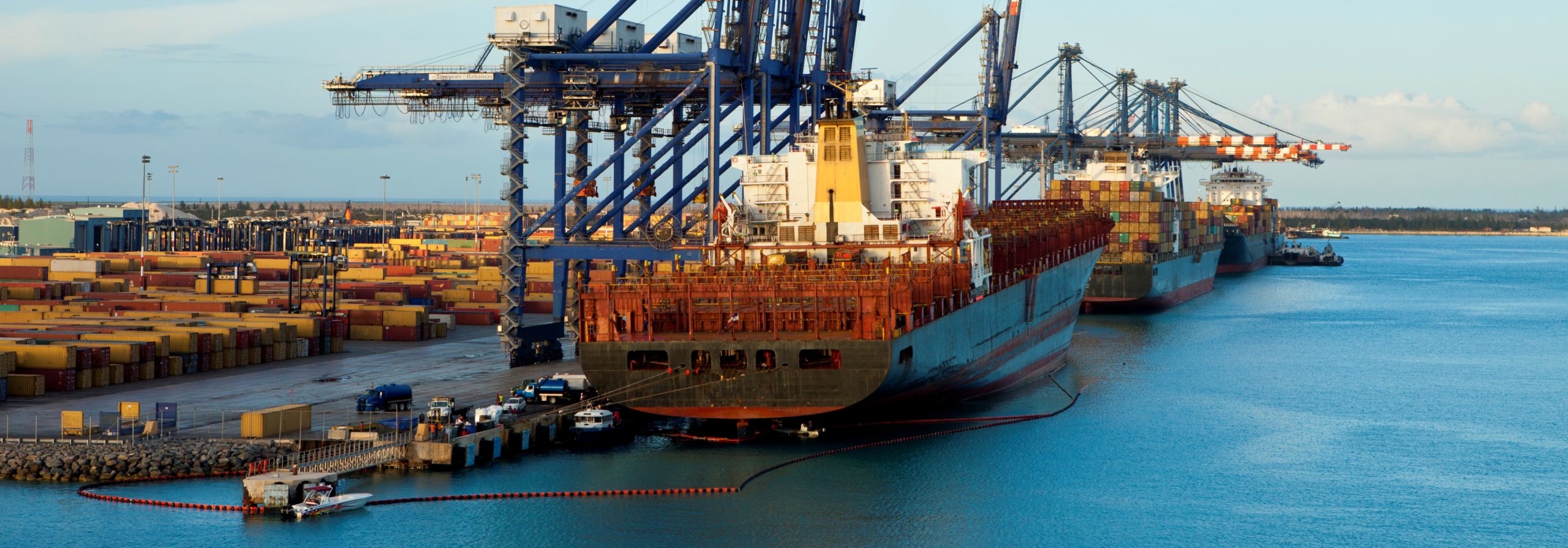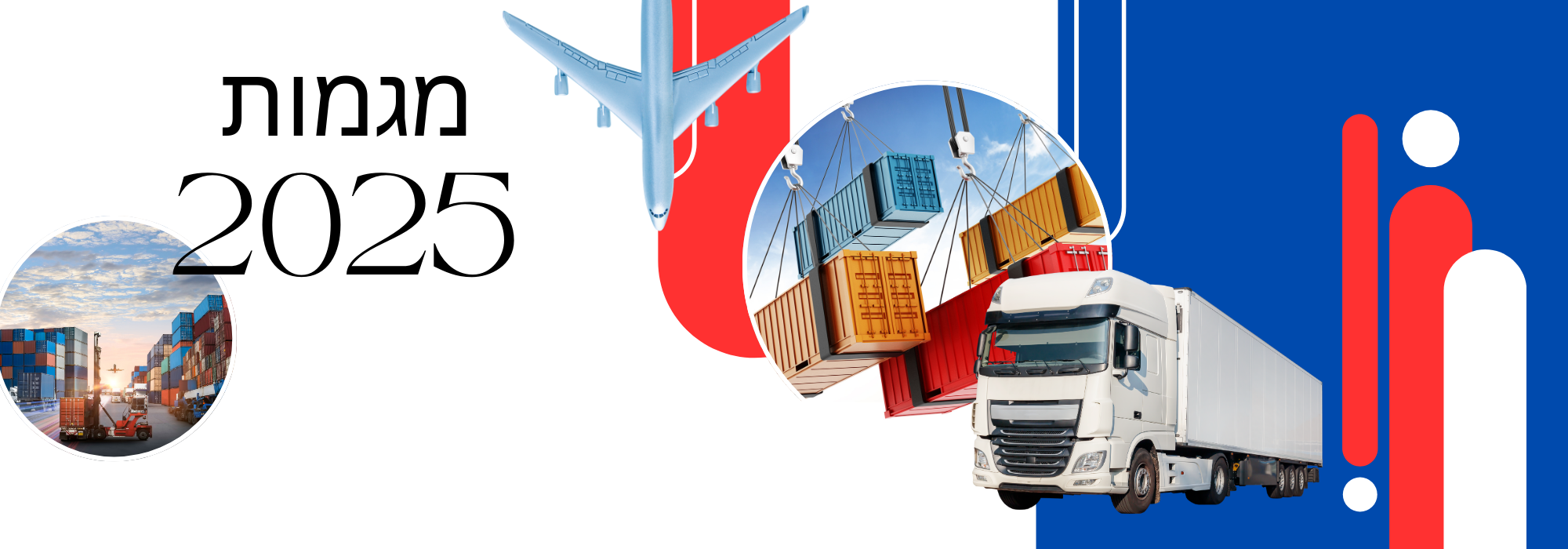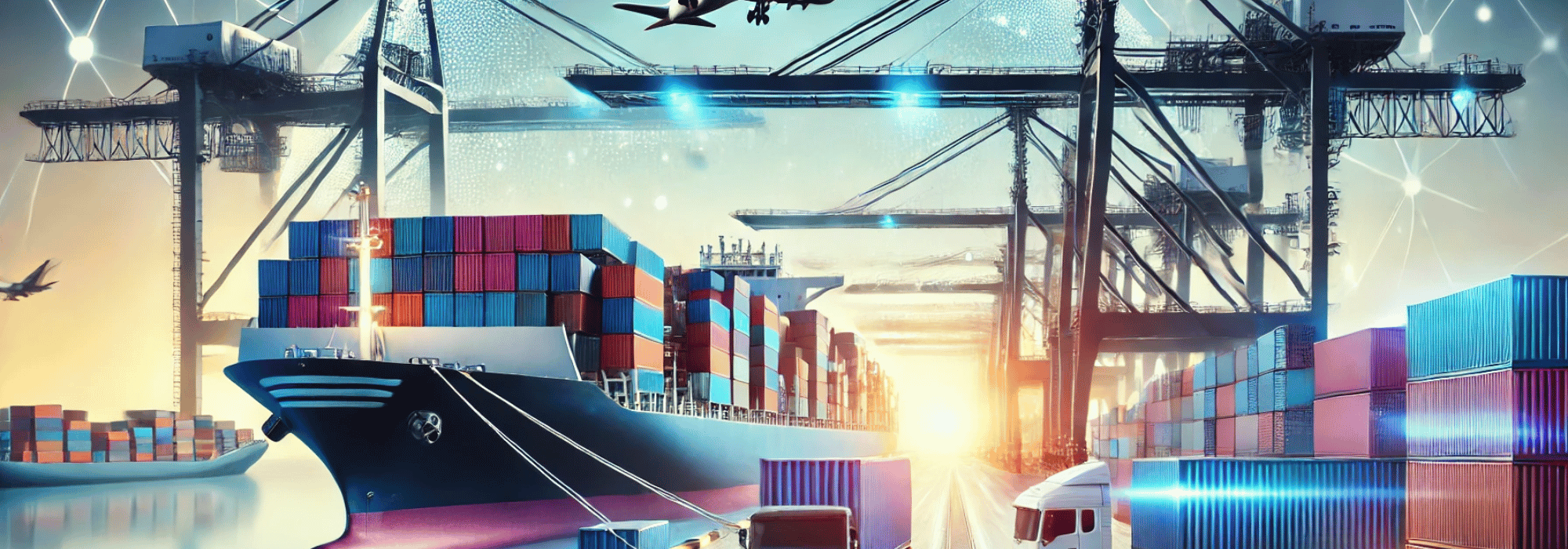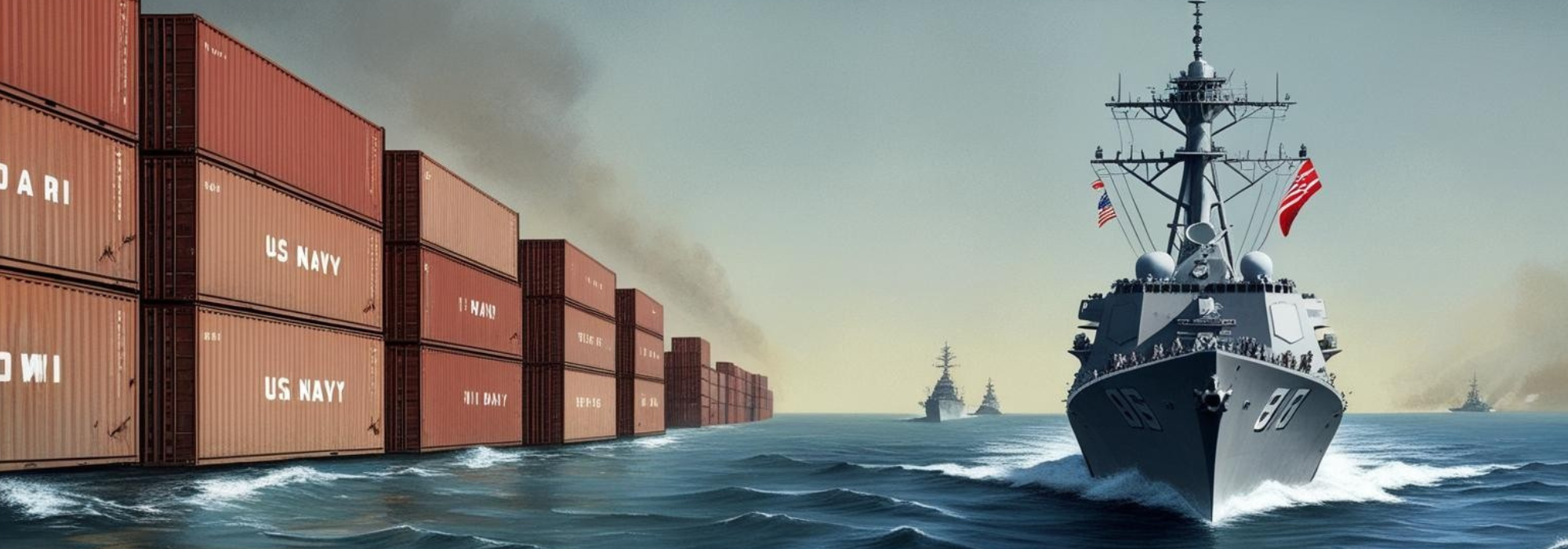The digital transformation has reduced the costs of engaging in international trade, facilitated the co-ordination of global value chains (GVCs), helped diffuse ideas and technologies, and connected a greater number of businesses and consumers globally. But even though it has never been easier to engage in international trade, the adoption of new business models has given rise to more complex international trade transactions and policy issues.
In today’s fast-paced and interconnected world, governments are facing new regulatory challenges, not just in managing issues arising from digital disruption, but also in ensuring that the opportunities and benefits from digital trade can be realised and shared inclusively.
What is digital trade?
While there is no single recognised and accepted definition of digital trade, there is a growing consensus that it encompasses digitally-enabled transactions of trade in goods and services that can either be digitally or physically delivered, and that involve consumers, firms, and governments. That is, while all forms of digital trade are enabled by digital technologies, not all digital trade is digitally delivered. For instance, digital trade also involves digitally enabled but physically delivered trade in goods and services such as the purchase of a book through an on-line marketplace, or booking a stay in an apartment through a matching application.
Underpinning digital trade is the movement of data. Data is not only a means of production, it is also an asset that can itself be traded, and a means through which GVCs are organised and services delivered. It also underpins physical trade less directly by enabling implementation of trade facilitation. Data is also at the core of new and rapidly growing service supply models such as cloud computing, the Internet of Things (IoT), and additive manufacturing.
How is digitalisation changing trade?
Digitalisation increases the scale, scope and speed of trade. It allows firms to bring new products and services to a larger number of digitally-connected customers across the globe. It also enables firms, notably smaller ones, to use new and innovative digital tools to overcome barriers to growth, helping facilitate payments, enabling collaboration, avoiding investment in fixed assets through the use of cloud-based services, and using alternative funding mechanisms such as crowdfunding.
Digitalisation is also changing how we trade goods. For example, the growth of online platforms has led to a rising number of small packages being sold across international borders. This is giving rise to a range of issues for policy-makers, ranging from the the physical management of parcel trade, through to the implications for risk management (such as in relation to counterfeit goods or biosecurity standards), and revenue implications in relation to collection of taxes and tariffs.
At the same time, new technologies and business models are changing how services are produced and supplied, blurring already grey distinctions between goods and services and modes of delivery and introducing new combinations of goods and services. A smart fridge requires market access not only for the good, but also for the embedded service. And an article produced by 3D printing, for example, may cross a border as a design service, but becomes a good at the noment of its consumption. Together, these issues pose new challenges for the way international trade and investment policy is made.
Rapid technological developments also facilitate the rise of services in international cross-border trade. Information and communication technology services form the backbone of digital trade, providing the necessary network infrastructure and underpinning the digitisation of other types of services. New technologies have also facilitated the rise of digitally enabled services that are supported by a range of new services building on data-driven innovative solutions such as cloud computing.
In the world of digitalisation, old trade issues may have new consequences – such as the impacts of cumbersome border procedures on parcel trade, or restrictions on newly tradable services – and new issues for trade policy are emerging, such as differing regulations among nations in relation to data flows. Further understanding of the nature and extent of these changes is needed to help policy makers create an environment that nurtures innovation and promotes digital trade in goods and services.
What can policymakers do to help businesses operate globally in a digital world?
These changes are taking place at unprecedented speed. With growing interconnectedness and greater demand for just-in-time delivery, trade needs to be faster and more reliable than ever before.
For services, this means being able to deliver more rapidly and ‘on demand’, often 24/7, so that consumers can have instant access to the services they need when they need them. For goods, this means using digital solutions for trade facilitation, helping goods move faster across borders.
However, there is also a growing discussion about whether there is a need to update or clarify existing trade rules and commitments. Trade rules are traditionally predicated on identifying whether products are goods or services and the borders they cross. But, in the digital era, these distinctions may not always be clear cut. Firms are now increasingly able to flexibly operate from different locations and to bundle goods with services, making it difficult to identify the particular trade rules that apply to specific transactions.
The OECD’s work on digital trade aims to contribute to ongoing debates by helping policymakers better identify and respond to emerging challenges arising from digitalisation. This includes analysis on issues from defining and measuring digital trade, through what market openness means in the digital era, including in relation to services restrictiveness, to the implications of specific issues – such as data flow regulation, or new technologies such as 3D printing – for trade policy. The organisation’s Going Digital Initiative in turn seeks to develop knowledge on digital transformation across topics to build a coherent and comprehensive policy approach to digital transformation.



















